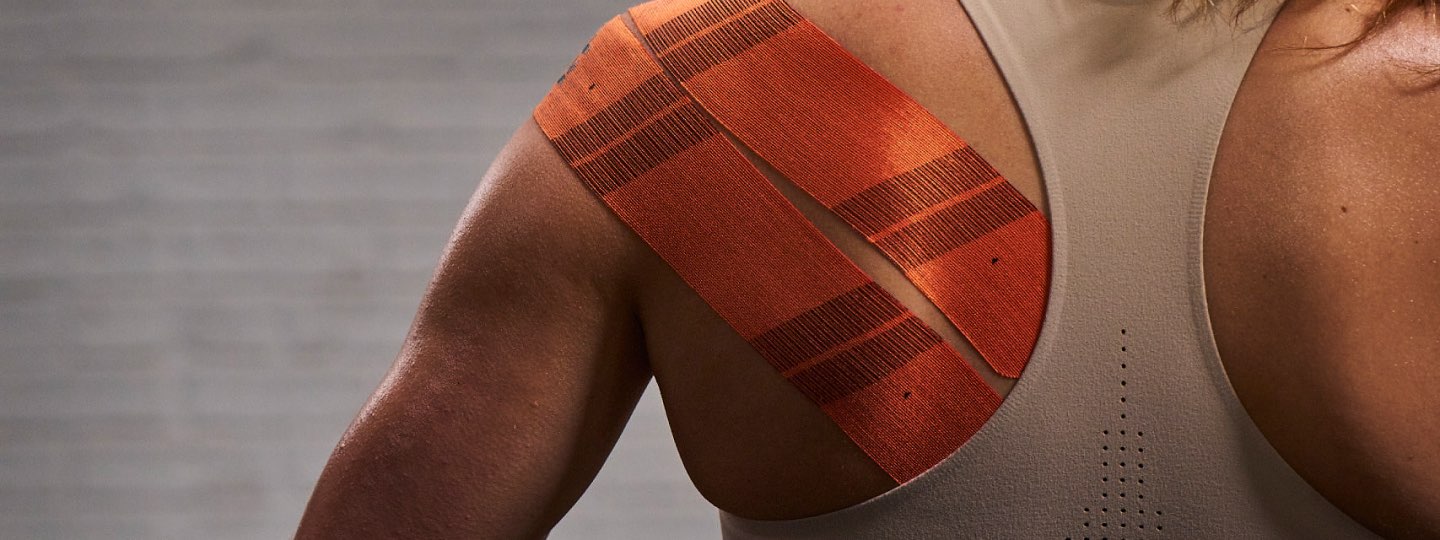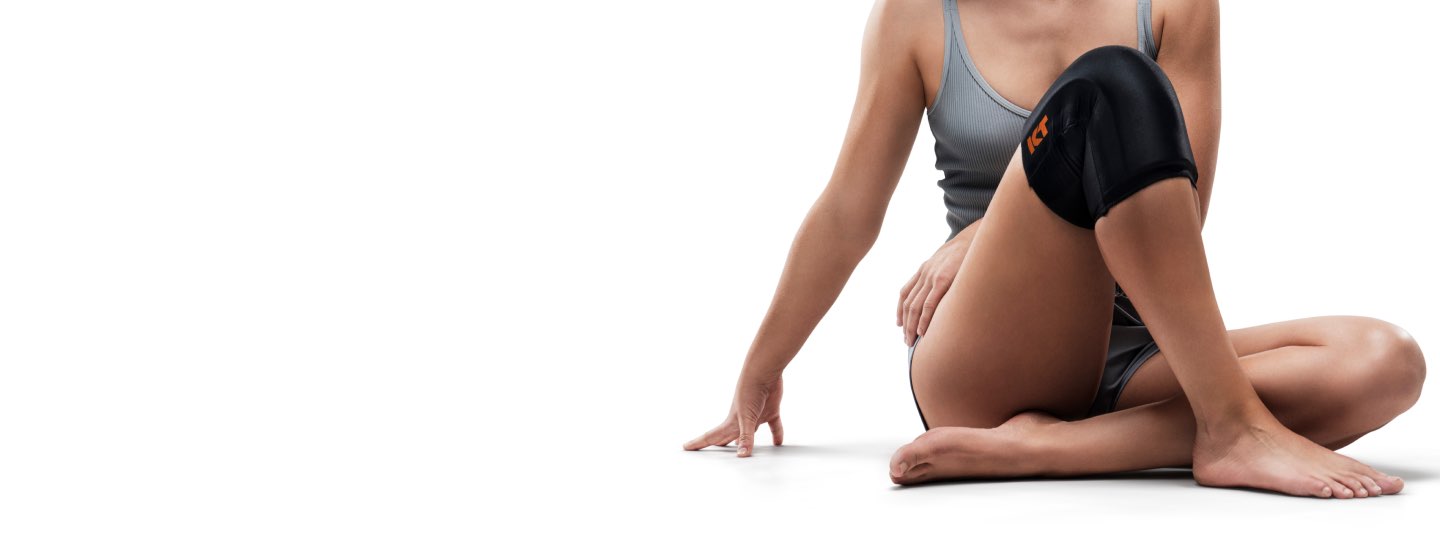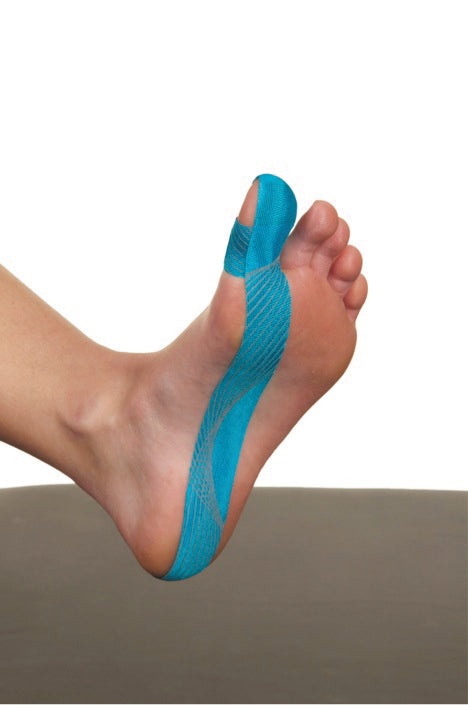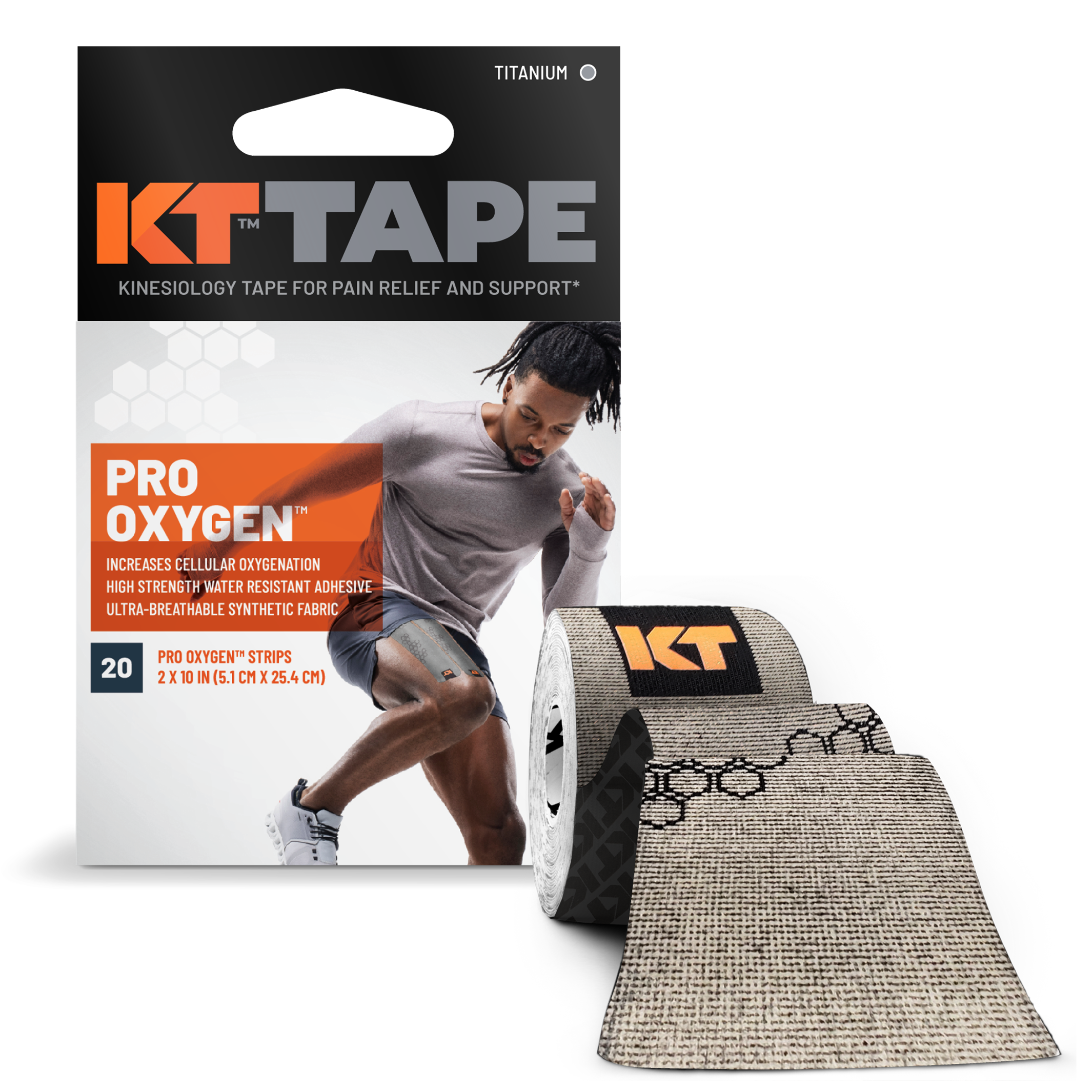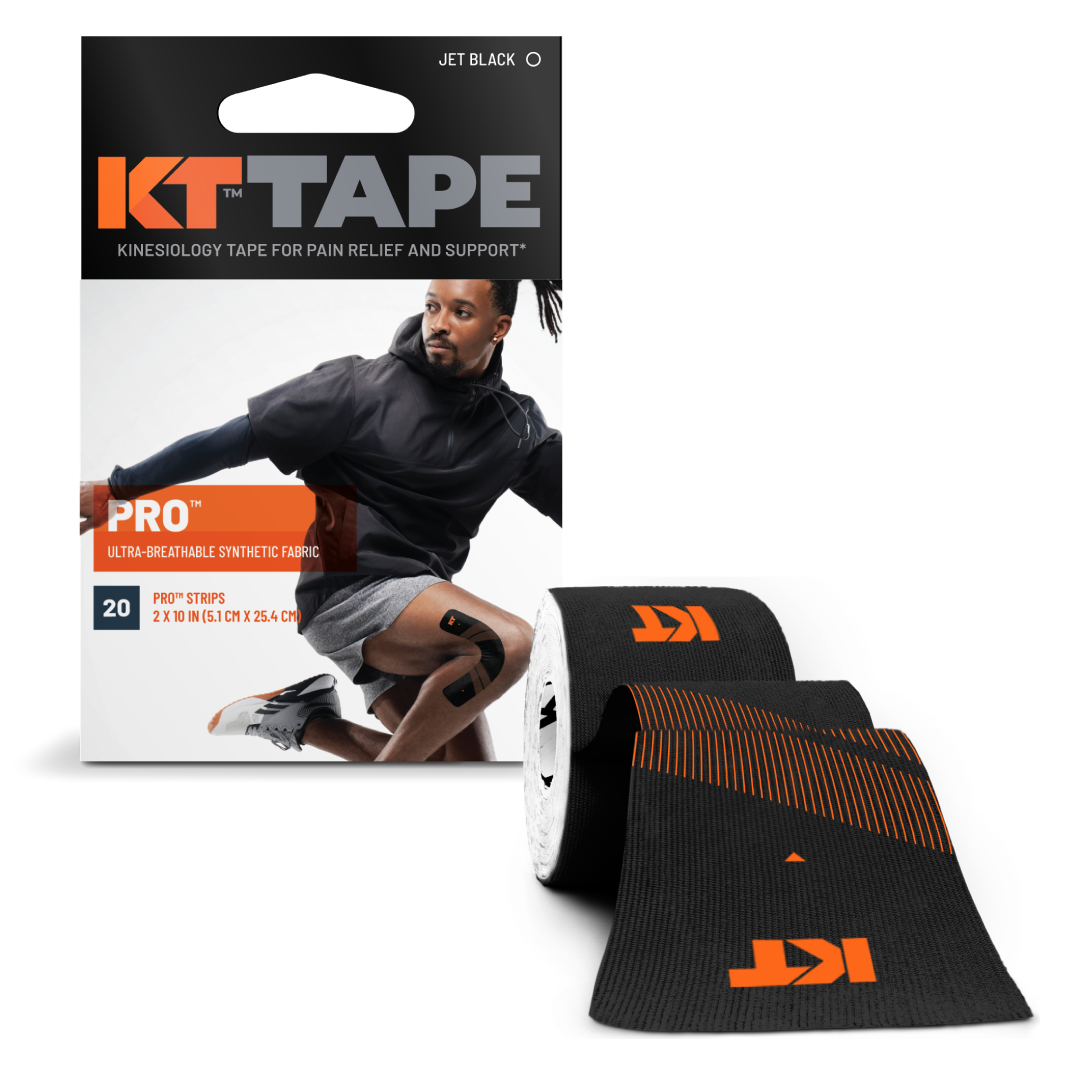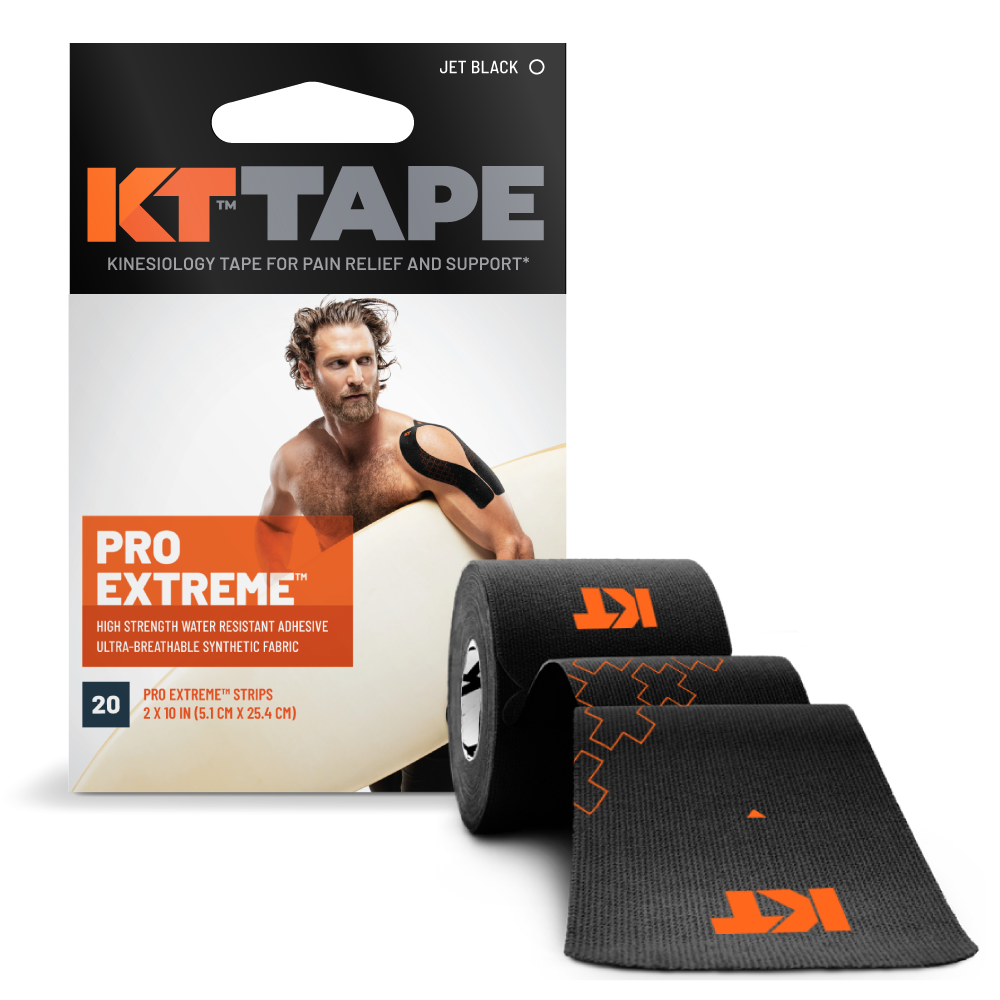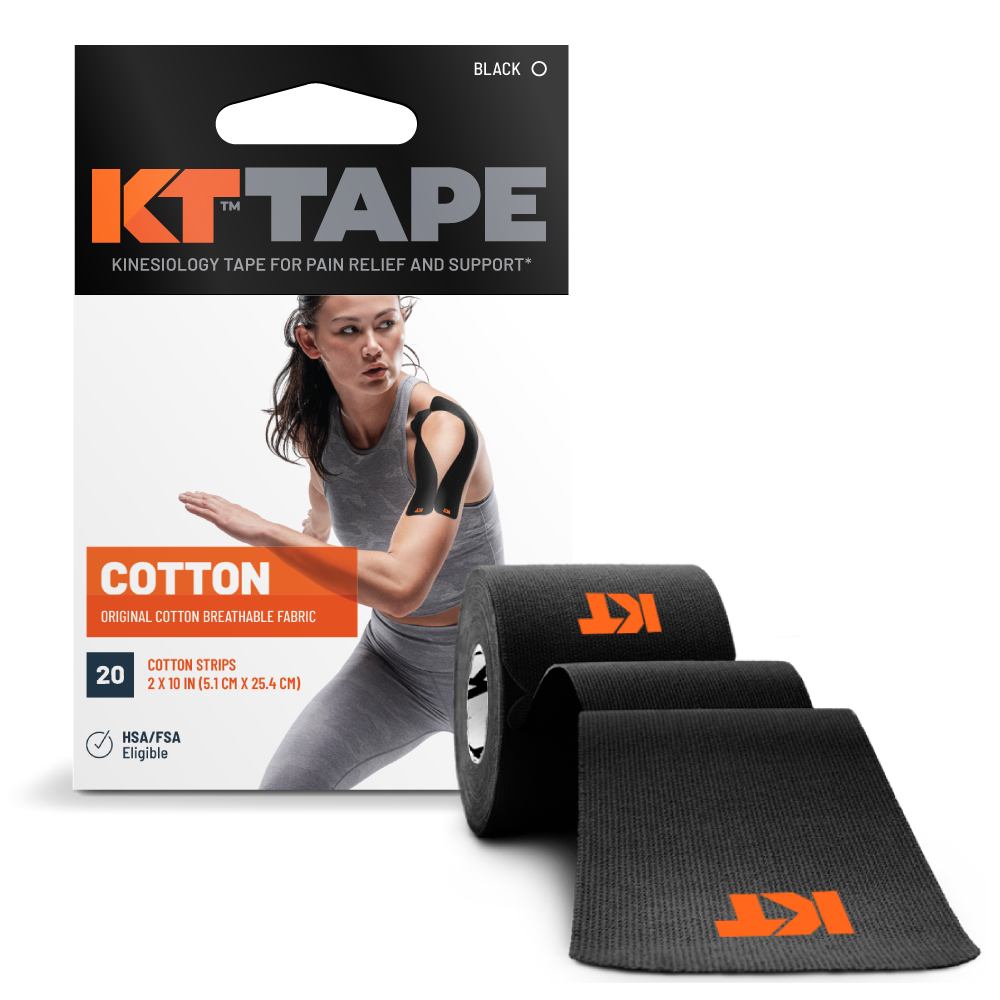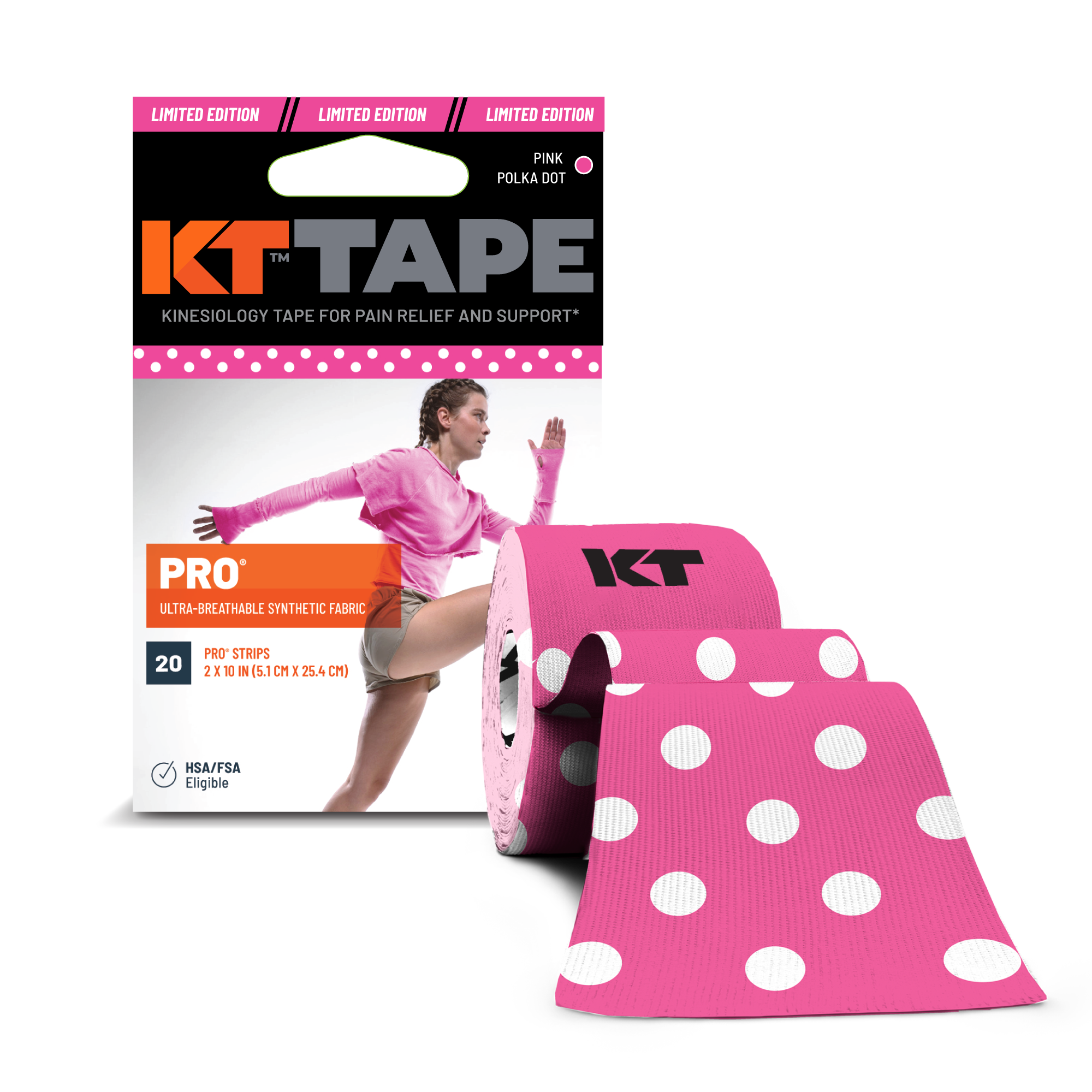Turf Toe Defined -by David J. Micca, DPM, FACFAS, CWS, FCCWS Turf toe is the term used in sports medicine circles to describe a jamming or impaction injury of the great toe joint (1st metatarsophalangeal joint). Another, more appropriate name for this condition is hallux limitus. Historically, the term turf toe developed due to an increased incidence of 1st MPJ soft tissue injuries in football players wearing flexible cleats allowing hyperextension at the 1st MPJ and jamming of the joint while playing on artificial turf.
Turf toe injuries account for more missed practice and training than ankle sprains, despite occurring less often Turf toe can be both acutely and chronically disabling if not treated appropriately. In fact, approximately 50% of all patients with hallux limitus (turf toe) have persistent symptoms which include hallux rigidus (severe degenerative joint disease with loss of range of motion of the 1st MPJ), hallux valgus (bunion deformity), chronic capsulitis and/or extensor tendinitis. Turf toe caused by a direct injury to the joint may or may not obvious initially. The onset of direct injury to the joint may be abrupt, but also may be insidious becoming increasingly more painful as the training progresses. Turf toe pain will subside with rest only to recur with increased activity Its not unusual to see symptoms of turf toe resolve in the off-season only to recur with renewed exercise. This condition is not just associated with sports or training injuries to the 1st MPJ. Some sedentary patients have a biomechanical abnormality which results in jamming of the 1st MPJ with every step. After several years, degenerative changes occur causing a hallux limitus or rigidus.
Many factors have been implicated in the increased incidence of turf toe These reasons include:
- Direct physical injury to the great toe joint (turf toe) - injury to the articular cartilage or subchondral bone. These injuries may be due impaction injuries or hyperextension/flexion of the first MPJ.
- Functional hallux limitus - biomechanical function that results in metatarsus primus elevatus (congenital elevation of the 1st metatarsal) and subsequent repetitive jamming of the first MPJ.
- Structural hallux limitus - limited range of motion caused by a congenitally long first metatarsal.
- Other conditions - synovitis, crystal deposition diseases such as gout, systemic arthritis, external physical influences such as Dupytren's contracture, etc. which damage the joint.
- Other structural or biomechanical abnormalities such as: a congenitally flat metatarsal head, hypermobility of the 1st ray/medial column, increased ankle dorsiflexion, flat feet (pes planus).
It's important to understand that the terms turf toe and hallux limitus are similar but arent synonymous. The fundamental difference between the two terms is the patient population that they affect. Turf toe is a term used in athletic circles that refers to an injury of the great toe joint. On the other hand, hallux limitus, refers to a broader, non-athletic patient population and need to include all the above listed causes of hallux limitus. Turf toe is graded in severity ranging from grade 1 through grade 4 depending on the severity of the condition.
Biomechanics of Turf Toe Normal function of the great toe joint (1st metatarsal phalangeal joint) requires that the 1st metatarsal bone plantarflex (move down) to allow the proximal phalanx to ride up (dorsiflex). This hinge action needs to take place with each step. If the normal range of motion is limited in any way, jamming of the joint will occur and hallux limitus will ensue. There are two known biomechanical factors that contribute to the formation of hallux limitus. Those factors include:
- A long 1st metatarsal - the relative length of the 1st and second metatarsals is very important in understanding the onset of hallux limitus.
- An elevated 1st metatarsal (metatarsus primus elevatus)- as previously described, plantarflexion of the 1st metatarsal is required for the hallux to ride up onto the 1st metatarsal head. With an elevated 1st metatarsal, the hinge motion is limited and jamming occurs.
- Direct injury to the joint - Impaction injury or hyperextension injury to the great toe joint is often called turf toe. These injuries affect the normal biomechanics of the joint in a number of ways. Turf toe injuries can result in bone contusions, damage to the cartilage surface or interposition of soft tissue or loose bodies within the joint.
Symptoms of Turf Toe Symptoms include pain with the onset of activity. Swelling and stiffness of the great toe joint increases with activity. Bruising may occur following the initial injury but is not commonly seen as turf toe progresses.  There may be radiating pain if that extends from the 1st MPJ dorsally (top of foot) towards the ankle. This is usually due to a chronic extensor tendinitis/capsulitis. Transfer of the weight to the lateral side of the foot to aid in propulsion and limit 1st MPJ dorsiflexion. Chronic pain to the outside and ball of the foot may ensue as a result of this compensation.
There may be radiating pain if that extends from the 1st MPJ dorsally (top of foot) towards the ankle. This is usually due to a chronic extensor tendinitis/capsulitis. Transfer of the weight to the lateral side of the foot to aid in propulsion and limit 1st MPJ dorsiflexion. Chronic pain to the outside and ball of the foot may ensue as a result of this compensation.
Treatment of Turf Toe Most turf toe injuries are treated non-surgically. If surgery is performed for this condition it is usually after years of repetitive jamming and destruction of the joint requiring joint replacement surgery. Prevention by addressing the biomechanical influences for turf toe is the key to treating this condition pallitively. An initial assessment to rule out fractures or dislocations is made. Once ruled out, treatment is geared at protecting the soft tissues and allowing for functional rehabilitation.
Is KT Tape an effective treatment? KT Tape helps to treat turf toe by providing therapeutic stability and support while maintaining a healthy range of motion. It may take up to 4 weeks for the condition to completely subside, but with KT Tape and the following guidelines, you will certainly reduce the amount of time necessary to return to normal activity levels. If symptoms do not subside at all within 12 hours, consider an X-ray to check for fractures. [hdplay id=47 ] See Turf Toe Instructions. Leave a comment and let us know how this worked for you.
Special thanks for our friends at sportsmedinfo.net for giving us permission to re-post. Original Article
